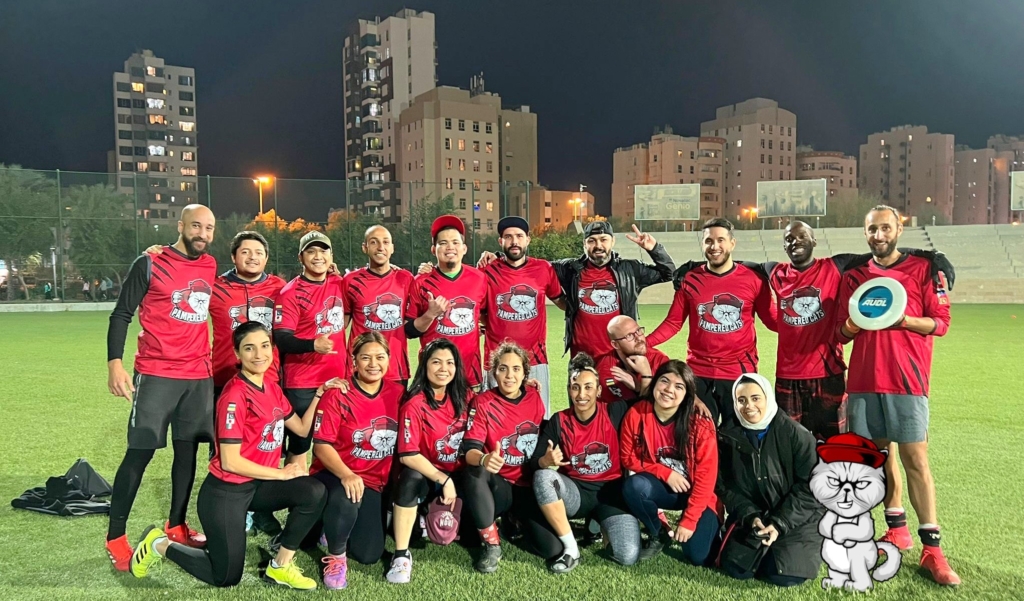Chatting to Coach of Belgium Open U24s Valerio Iani about the Belgian’s Hopes at the World Championships
Valerio Iani is a coach who has developed youth ultimate around the World, most notably in the USA founding Oakland Ultimate and coaching their U17 and U20 boys teams to medals at YCCs. Valerio has coached in Italy, Spain, and now Belgium. Valerio wrote “Hexagon, the Bestagon: A Look Inside the Hex Offense” the most viewed article on Ultiworlds website in 2021. A proponent of motion offense – Valerio has run hex workshops for many teams. I sat down with Valerio to talk about his role as the co-coach of the Belgium U24 open team, learn more about the Belgians in the video below. Coming soon.






